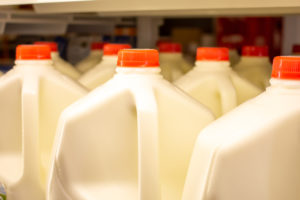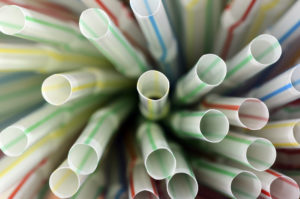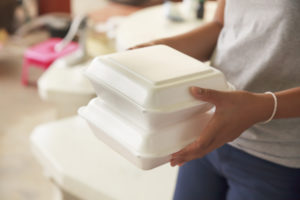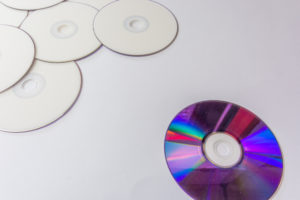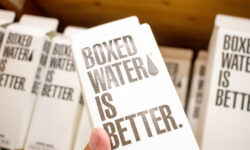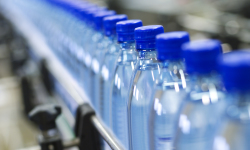What Kind of Plastic is Produced in the US?
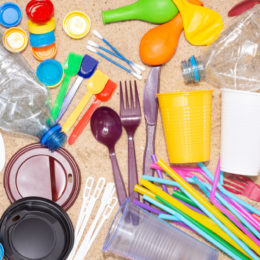
Plastic is the subject of much discussion in the media. Environmentalists claim plastic is bad and we should pass laws to ban common products such as straws, while others say we should focus on recycling and that plastic provides many benefits for consumers.
Missing from the debate is this: What kind of plastic do we actually use? That information is helpful to determine what solutions are viable.
Plastic is categorized into one of 7 resin numbers. You may have seen a triangle on a product with a “1” or a “2” in it. That’s a resin identifier. Different resins have different properties–some plastic can make thin and flexible products, while other plastic is more rigid, for example.
Polyethylene Terephthalate (PET) is type 1 plastic. PET is used to produce water bottles, soda bottles, and some packaging. PET is fully recyclable and widely accepted in municipal recycling programs. PET makes up just 5.9 percent of the total plastic produced in the United States, according to data from the American Chemistry Council.
In other words, PET makes up very little of the plastic produced in the United States and it is easy to recycle for the 87% of Americans who have access to municipal recycling programs. Yet many environmentalists have launched efforts to ban PET products like disposable water bottles. This is misguided on two fronts: PET is easily recycled into bottles, carpeting, or other goods, and it is a small slice of overall plastic use.
High-Density Polyethylene (HDPE), or type 2 plastic, is used to produce milk jugs, detergent bottles, and other larger products like waste bins, picnic tables, and bed liners for trucks. HDPE makes up 21.2 percent of the plastic used in the U.S.
Of the seven types of plastic, PET and HDPE are the easiest to recycle. Type 1 and type 2 plastics are accepted in most recycling facilities throughout the country. The remaining five types of plastic must often be recycled at specialized facilities, rather than a standard municipal recycling facility.
Type 3: Polyvinyl Chloride (PVC) is used to make plastic pipes, clear food wrapping, and garden hoses. PVC is rarely recycled and makes up 15.3% of the total plastic produced in the U.S.
Type 4: Low-Density Polyethylene (LDPE) is used to make plastic bags, cling wrap, and squeezable bottles. LDPE is the most commonly produced plastic and makes up 29.8 percent of the total plastic in the U.S. LDPE isn’t typically accepted in municipal collection centers, but more and more recycling centers are expanding to include LDPE. Recyclers should check with their municipality before recycling LDPE products. If their municipality has not started accepting LDPE, most products are reusable.
Type 5: Polypropylene (PP) is used to make potato chip bags, straws, plastic bottle tops, and tape. PP can be recycled, though recyclers should check with their municipality. PP makes up 16.2% of the plastic produced in the U.S.
Type 6: Polystyrene or Styrofoam (PS) is used to make disposable cups, takeout containers, and some packaging. There have been developments in recycling PS, but the majority of municipal facilities do not accept PS products. PS products make up 4.6% of the plastic produced in the U.S.
Type 7: All other plastics fall into this category, including CDs, reading glasses, and other general household products. Some of these plastics include BPA, Polycarbonate, and LEXAN. Many of these products can be reused, but recycling is not widely available. Other plastics make up 9.8% of the total plastic produced in the U.S.
Environmental activists are spending a lot of time and energy targeting the plastics that are the least used. A better solution is working to encourage the expansion of plastic recycling for certain resins, rather than trying to reduce the use of one of the plastics that can be easily recycled.


